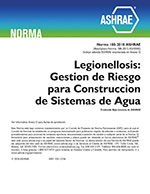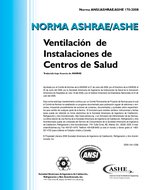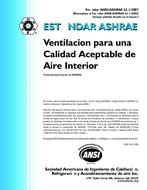Description
Researchers tested hypotheses that traditional wall-vented crawlspaces in the southeastern United States contain moisture levels that support mold growth, insects and rot and contain adequate duct leakage to create pathways for transmission of mold from crawlspaces to the living space. Fungal air sampling was conducted indoors, outdoors and in the crawlspaces of forty-five vented crawlspace houses. Air leakage testing determined the connections between the house, crawlspace, and HVAC systems located in the crawlspace. The relative contribution of crawlspaces mold species and species found outdoors and in the homes’ living spaces were compared. The results indicate that typical wall vented crawlspaces contain liquid water, moisture vapor, and fungal spores. The houses also contain measurable holes between the crawlspace and living space. They further contain natural and mechanical forces that drive air across the holes. Results comparing fungal species in the home, crawlspace and outdoors show transmission of fungal spores from the crawlspace to the living space. High moisture levels in vented crawlspaces in the southeastern United States were linked to high mold counts inside the living space.
In parallel research, the study team tested a closed crawlspace configuration designed to bring the crawlspace moisture load to an acceptable level. The configuration included sealed foundation wall vents, a sealed polyethylene film liner and 1 CFM (0.5 L/s) of HVAC supply air for each 30 ft2 (2.8 m2) of ground surface. The study was conducted at 12 identical-floor plan houses co-located in the southeastern United States. Comparative moisture measurements for these crawlspaces and sub-metered heat pump kWh use demonstrated that the closed crawlspace protocol produced substantially drier crawlspaces, reducing conditions for mold, wood decay and insects. It also reduced space conditioning energy use by 15 percent to 18 percent annually.
IAQ 2007 Conference held in Baltimore, Maryland, October 14-17, 2007
Units: Dual
Citation: IAQ Conference: IAQ 2007: Healthy and Sustainable Buildings
Product Details
- Published:
- 2008
- Number of Pages:
- 6
- File Size:
- 1 file , 220 KB
- Product Code(s):
- D-IAQ2007-32




